Early in my so-called EE career, I sat in a workshop led by the director of quality for the Ford truck plant in Louisville, KY, where “Quality is Job #1.” At that time, they were gaining experience in electronic control modules (ECMs) for fuel efficiency and emissions control. Who better to transfer the secrets of Crosby and Deming… Read More
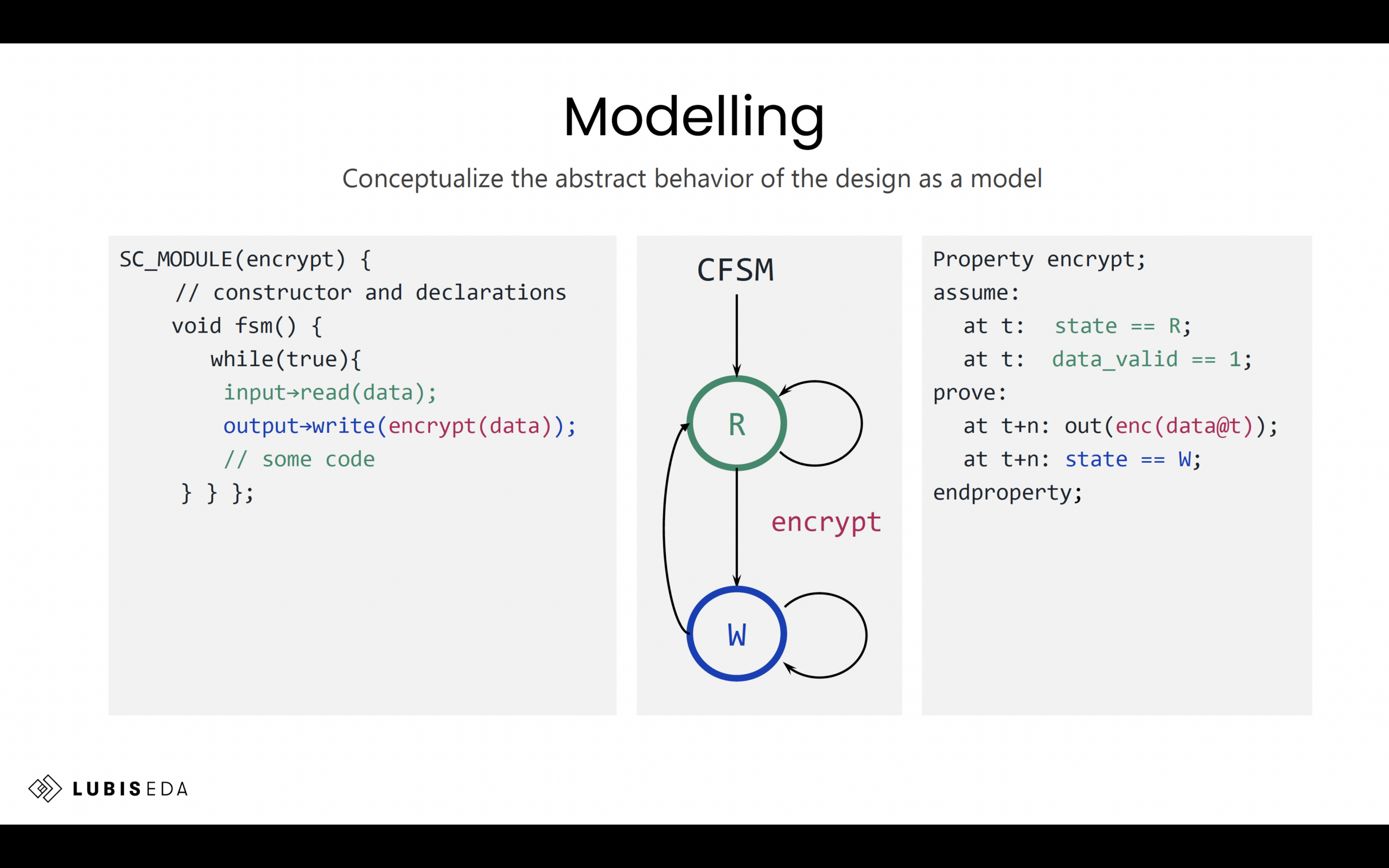 Assertion-First Hardware Design and Formal Verification ServicesGenerative AI has transformed software development, enabling entire…Read More
Assertion-First Hardware Design and Formal Verification ServicesGenerative AI has transformed software development, enabling entire…Read More TSMC's Customized Technical Documentation Platform Enhances Customer ExperienceTaiwan Semiconductor Manufacturing Company, the world's leading dedicated…Read More
TSMC's Customized Technical Documentation Platform Enhances Customer ExperienceTaiwan Semiconductor Manufacturing Company, the world's leading dedicated…Read More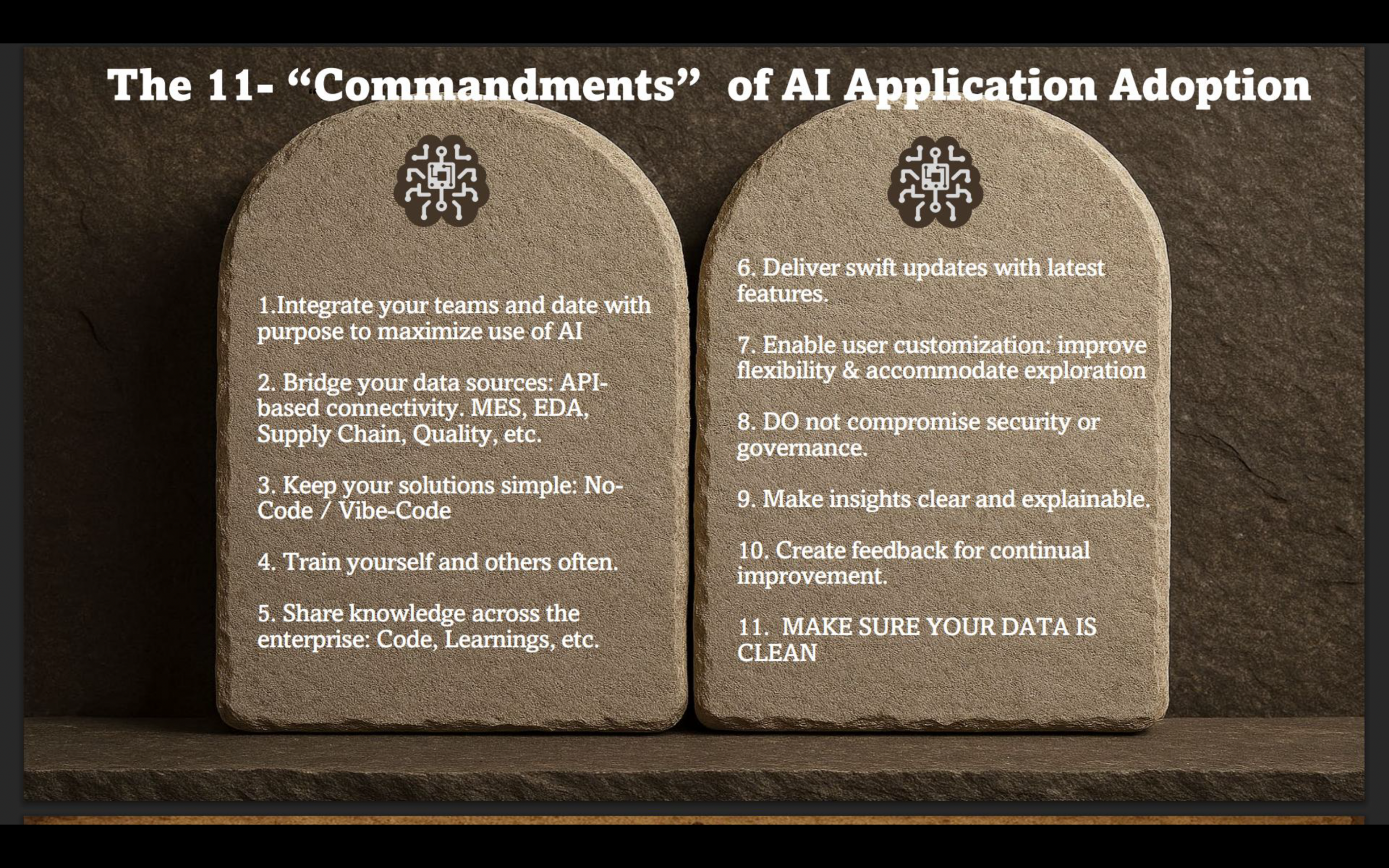 PDF Solutions' AI-Driven Collaboration & Smarter DecisionsWhen most people hear the term PDF, they…Read More
PDF Solutions' AI-Driven Collaboration & Smarter DecisionsWhen most people hear the term PDF, they…Read More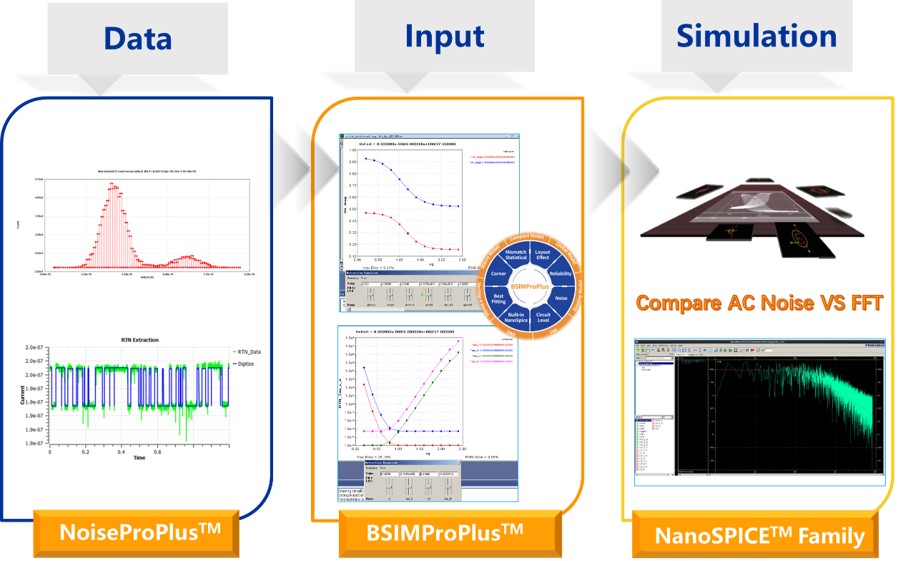 Bringing Low-Frequency Noise into FocusKey takeaways The challenge of acquiring high-quality, reproducible…Read More
Bringing Low-Frequency Noise into FocusKey takeaways The challenge of acquiring high-quality, reproducible…Read MoreModeling TSV, IBIS-AMI and SERDES with HSPICE
The HSPICE circuit simulator has been around for decades and is widely used by IC designers worldwide, so I watched the HSPICE SIG by video today and summarize what happened. Engineers from Micron, Altera and AMD presented on how they are using HSPICE to model TSVs, IBiS-AMI models and SERDES, respectively.… Read More
Innovative or Die, NoC IP Market is Cruel…
I have blogged in 2011 about the Arteris-Sonics case, initiated by Sonics, claiming that Arteris NoC IP product was infringing Sonics patent. In this article, we have seen that the architecture of Sonics interconnects IP product was not only older but also different from Arteris’ NoC architecture: the products launched initially… Read More
Intel’s x86 – Foundry Breakup Comes into View
The announcement by Intel during their January earnings call that they were going to hike Capex in 2013 over 2012 left many folks scrambling as to the reasons and the what-the hecks? Here was a company that was exiting 2012 with 50% utilization of their advanced 22nm process and yet signaling more building was to come. Furthermore,… Read More
Prediction is very difficult, especially about the future
The above quote is attributed to both physicist Niels Bohr and baseball’s Yogi Berra. The statement certainly applies to predicting the semiconductor market. Semiconductors operate on physical principles. However the market for semiconductors is affected by numerous factors. The outcome of a baseball game can be determined… Read More
Cadence ♥ ClioSoft!
Taking a look at the coveted presentation slots at the CDNLive Conference next month you will see a presentation on Data Management for Mixed-Signal Designs by one of my favorite EDA companies, ClioSoft. Great software, great support, great people, and with customers that are willing to talk publicly about their tools and technology.… Read More
SPICE Circuit Simulation at STMicroelectronics
At the 2010 DACI moderated a panel session on SPICE and Fast SPICE circuit simulation, and one of the panelists was PierLuigi Dagliofrom STMicroelectronics. To get an update on SPICE circuit simulation at ST I read a PDF document at Mentor titled: Improving the Quality of SPICE Simulation Results with Eldo Premier at ST.
ST does … Read More
TSMC ♥ Cadence
In a shocking move TSMC now favors Cadence over Synopsys! Okay, not so shocking, especially after the Synopsys acquisitions of Magma, Ciranova, SpringSoft, and the resulting product consolidations. Not shocking to me at all since my day job is Strategic Foundry Relationships for emerging EDA, IP, and fabless companies.
Rick… Read More
SHIELDing the Android GPU developer in C
Repeat after me: SoCs are paperweights if they can’t be programmed. Succeeding with a new part today means supporting a robust developer program to attract and engage as many creatives as possible. NVIDIA has teamed up with Mentor Graphics in just such an adventure. If you read just the press release, you may have missed the real … Read More
Mentor Shines at DVCon
Mentor Graphics will be all over DVCon next week (February 25-28) at the DoubleTree hotel in San Jose.
In addition to attending all the panels, tutorials, posters, and the keynote, you can visit Mentor in booth 901 on the exhibit floor.
Here’s the lineup of Mentor-related events:… Read More





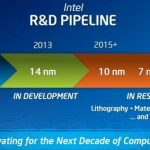
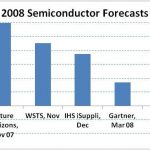


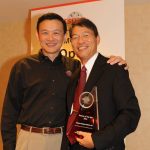

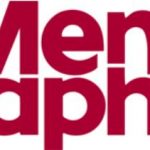
Quantum Computing Technologies and Challenges